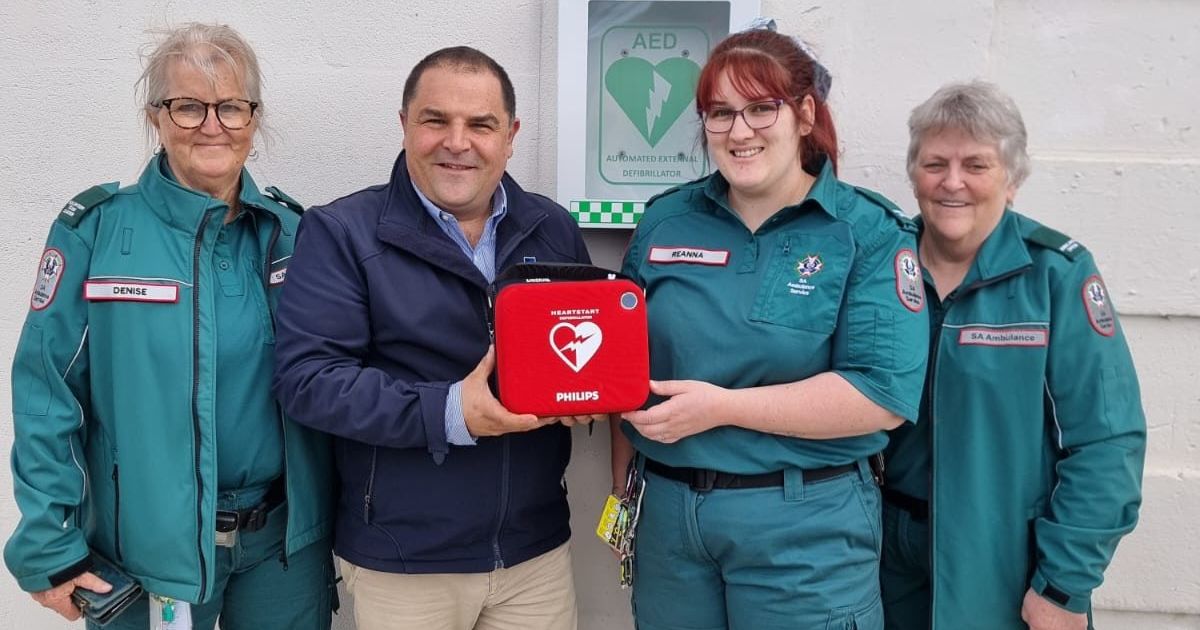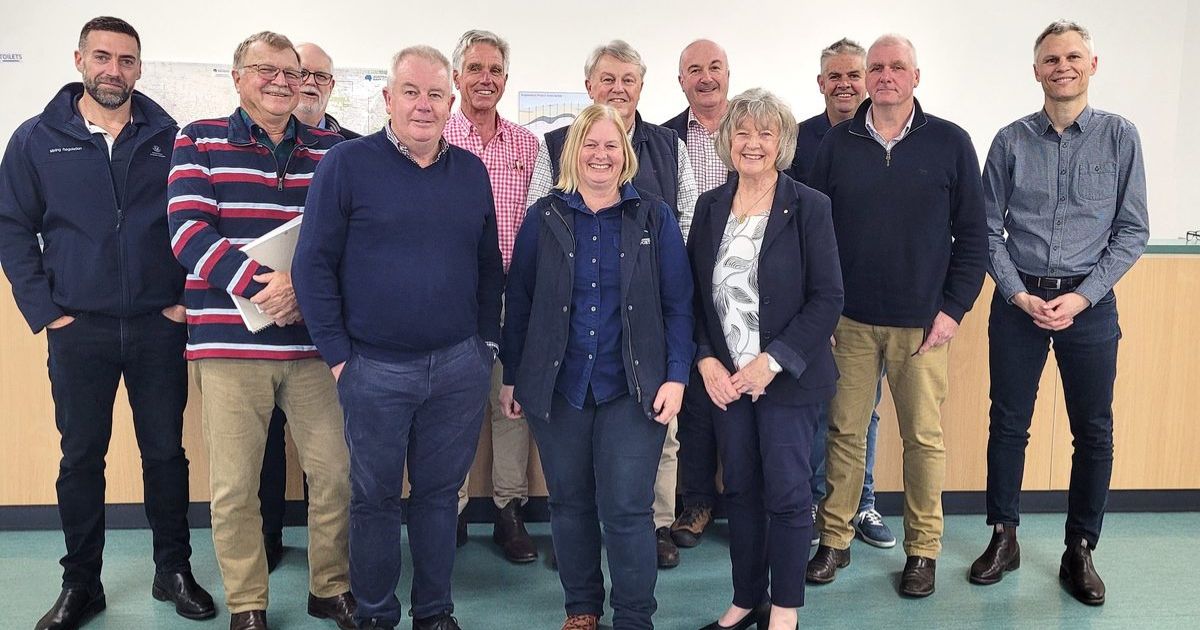Sustainable sporting future in the spotlight
SANFL visits region to tackle restructure concerns
As the SANFL looks to restructure football in the Limestone Coast, it has one key aim – a sustainable future.
SANFL Head of Country Football Shawn Ford (pictured) visited the region last week, meeting with key stakeholders from the Western Border Football League and Mid South East Football League, updating officials on the status of the South East Football and Netball Working Group and associated sub-committee meetings ahead of the release of proposed models for 2024 and beyond.
“We (SANFL) just want to create a sustainable future for football in the South East,” Ford said.
“We understand that everyone is trying to do the best for their club, their community, and we just need everyone to work with each other to make the necessary change to ensure that long term sustainability.”
All three leagues are represented on the Working Group and sub committees, which represent league, club and junior officials from both football and netball.
The formation of the working group followed a comprehensive review of South East competition structures undertaken last year and a commitment to change.
As endorsed by the SA Football Commission in October 2022, a decision was made to form the working group and commence league structural reviews with change to take place for the 2024 season.
While the SA Football Commission has endorsed a 15 team competition, which represents the merging of the Western Border and Mid South East competitions, the general consensus, as well as the want of the Kowree Naracoorte Tatiara Football League to be part of the restructure process, is that a better, more palatable option could well exist.
That is the task of the Working Party, which already has around eight submitted competition models to consider with SANFL Football Operations Coordinator South East Michael Mourbey still accepting restructure options ahead of the sub committees and eventually the Working Party narrowing the field to the most viable options.
Junior numbers, volunteer manpower and reserves football rate as some of the key challenges in all three Limestone Coast leagues.
“They’ve all acknowledged the challenges,” Ford said. “It’s happening state-wide – not just the South East.”
The future of football in this region has been at least a decade long debate but the preference for any reshaping of Limestone Coast competitions to happen organically with local officials facilitating any change, the SANFL has now accepted, any change will need to be facilitated by the State governing body.
“There have been different working groups, different solutions put forward and it has become very clear from our end that there won’t be an agreement between all the leagues,” Ford said.
The SANFL is empathetic to the concerns surrounding just how the 2024 restructure is going to work.
“The strongest feedback we get centres around the struggle for the smaller town teams to compete with the bigger teams from Mount Gambier,” Ford said. “We understand that and are more than happy to sit down and work out a compromise – to work together. Let’s have a look at all options – nothing is off the table.”
Ford was also at pains to realise while there is a commitment to coming up with a sustainable model from 2024, there is every expectation it will be an evolving situation for years to come.
“Whatever change happens we do not expect that to be it – this will have to be something where we need to continue working through it,” Ford said.
There had been some consternation over the confidentiality that has surrounded the Working Group, which first met at the beginning of February, and associated sub committees, some that are yet to meet, but when more pertinent information is ready for public consumption, the plan has always been to bring clubs and the community along for the ride.
“When we have the detail that underpins the models that come up for consideration, we will absolutely share that,” Ford said. “All deliberations at this stage, as well as what has happened in the past, sees us at a point where local stakeholders seem sure about what won’t work but we just haven’t found yet what we believe will work – that’s what we are looking to do now – that is the sole focus.”
Ford also said the pivotal role that sporting clubs play in our communities and the strong emotional ties we feel to our chosen club, makes any decision making process fraught with challenges.
“That’s why we have never expected this to be smooth sailing and that’s why we are asking local people to help us with the vision for the future,” Ford said. “We know and understand the negative commentary within the community about the 2024 changes but we wants to keep it positive – closing clubs is the furthest thing from our minds – it is not what we want to do.”
Ford also understood the impatience in the community for providing a snapshot of what 2024 will look like for players, volunteers and supporters.
“We understand the sooner clubs can start looking towards 2024 and what it will look like is better but we can’t rush this either because we don’t want to get this wrong.”
The current timelines the Working Group and underpinning sub committees is having a couple of models to put on the table by the middle of the year, with hopefully a September date for the release of the 2024 structure.



















